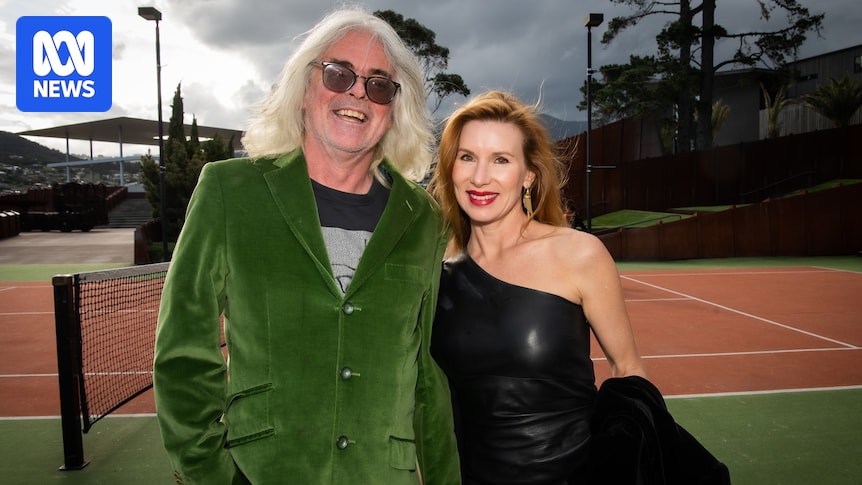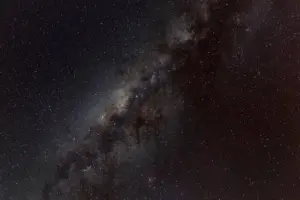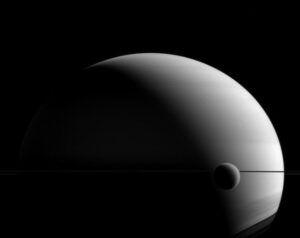
Hobart’s iconic Museum of Old and New Art (Mona) has accumulated an astonishing $408 million in losses since its inception in 2011. Despite this, founder David Walsh remains unfazed, asserting he is “completely happy with the finances.” The museum, along with its associated businesses, recorded a $63 million loss in the 2023-24 fiscal year, an increase from the previous year’s $60 million deficit. These figures were revealed through previously undisclosed corporate filings for Moorilla Estate, Mona’s parent company.
Walsh, who communicated via email with the ABC, stated, “Mona is financially where I want it to be.” He emphasized that the museum was never intended to be a profit-making venture. “If I wanted to make money, I would have built it in Sydney, or Istanbul, or somewhere,” he added. Currently, Walsh is overseeing a $100 million expansion at Mona, which includes a new gallery wing set to open in December and a library scheduled for next year.
Economic Impact and Future Plans
Despite the financial losses, Mona contributes significantly to the local economy. An unreleased 2018 report by Deloitte Access Economics highlighted that the gallery generates $135 million annually in direct and indirect economic activity in Tasmania, supporting approximately 1,285 jobs across the state, and $165 million nationally. Walsh reflected on these figures, stating, “Whether that’s worthwhile, I really don’t know. Hopefully, Mona will have sufficient income.”
Walsh, aged 64, has plans for the museum’s future sustainability. He mentioned that his wife, artist Kirsha Kaechele, would continue to support the gallery after his passing. He outlined potential strategies to make Mona profitable, including raising ticket prices for interstate and international visitors and introducing entry fees for Tasmanians, who currently enjoy free access. Additionally, he proposed scaling back music offerings and the Dark Mofo festival to save costs.
Art Processors: The Financial Hope
Walsh sees potential financial gains in Mona’s experience design business, Art Processors. This company developed “The O” digital guide used at the gallery and recently launched a new platform called Pladia. Art Processors has already secured clients like Sydney’s Museum of Contemporary Art and cultural institutions in the US. Walsh described Art Processors as his “great white hope,” believing its patented virtual queuing system could revolutionize visitor management.
Moorilla Estate recently acquired full ownership of Art Processors, which had been a loss-making entity. Art Processors’ founding principal, Nic Whyte, noted that the company was losing $1–1.5 million monthly until a recent restructuring. Despite these challenges, Walsh remains optimistic about its future profitability and potential sale.
The Broader Impact of Mona
According to recent state visitor statistics, Mona was the third-most popular tourist attraction in Tasmania in 2024-25, with 330,000 visitors. Although this is a rebound from COVID-19 impacts, it falls short of the 405,000 visitors in 2018-19. Independent economist Saul Eslake commented on the “Mona effect,” suggesting it peaked before the pandemic. However, he acknowledged Mona’s role in transforming Tasmania’s image and attracting a different category of tourists.
Eslake noted that recent investments in Hobart’s luxury hotels likely wouldn’t have occurred without Mona’s influence. He likened Walsh to a modern-day philanthropist, similar to the Medicis, for his contributions to Tasmania.
Walsh remains committed to Mona’s future, expressing hopes to establish an endowment or income streams to support the museum long-term. He is optimistic about the potential boost from upcoming developments, such as the Cadbury Visitor Experience and a proposed AFL stadium, which could increase visitor numbers.
“I can’t guarantee Mona’s long-term survival, but I can offer assurances that I intend to support it while I’m alive,” Walsh stated. “I’m about to open an extension that costs more than the original museum. I wouldn’t be doing that if I wasn’t a true believer.”







